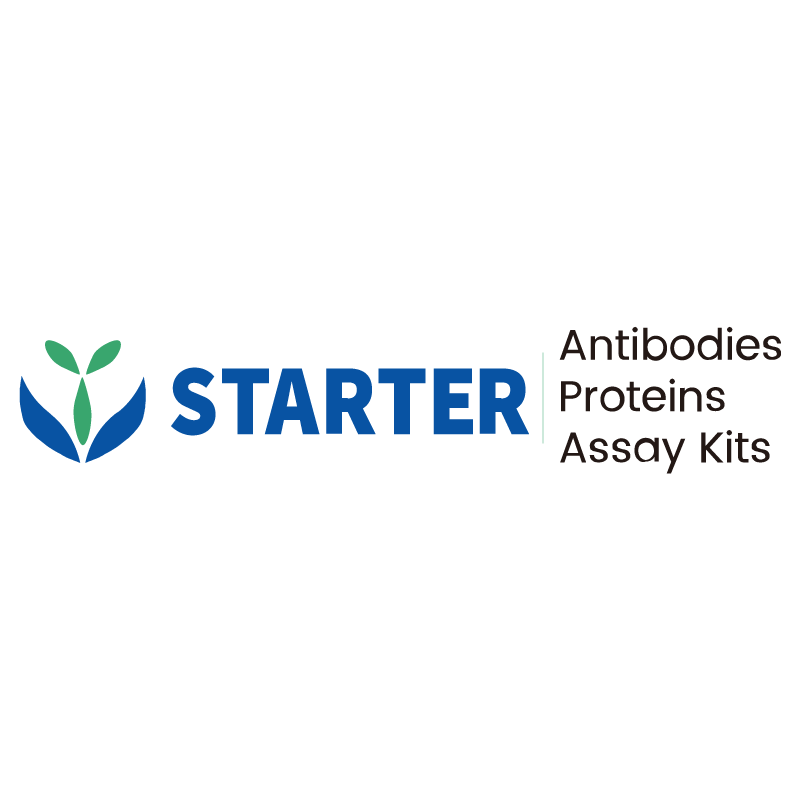2μg(R: reducing conditions)
Product Details
Product Details
Product Specification
| Species | Bovine |
| Synonyms | Peptidase A1 domain-containing protein |
| Accession | F1N7M7 |
| Amino Acid Sequence | Protein sequence (F1N7M7, Met1-Val380, with C-His tag) MKWLVVLGLVAFSECIVKIPLRRVKTMRKALSGKNMLNNFLKEHAYRLSQISFRGSNLTSHPLRNIKDLVYLANITIGTPPQEFQVFLDTGSSDLWVPSDFCTSPGCSKHVRFRHLQSSTFRLTNKTFSITYGSGRIKGVVAHDTVRIGDLVSTDQPFSLSMAEYGLEHIPFDGILGLNYPNVSSSGAIPIFDKLKNQGAISEPVFAFYLSKDKQEGSVVMFGGVDHRYYKGKLNWVPLIQAGNWIIHMDSISIERKVIACSGGCVAFVDIGTAFIEGPKPLVDNMQKLIRAKPWRSKHYVSCSAVNTLPSITFTINGINYPVPGRAYILKDSRRRCYSTFKEIPLSPTTEFWMLGDVFLRLYFSVFDRGNDRIGLARAV |
| Expression System | HEK293 |
| Molecular Weight | Predicted MW: 44.3 kDa Observed MW: 55-70 kDa |
| Purity | >95% by SDS-PAGE |
| Endotoxin | <0.1EU/μg |
| Conjugation | Unconjugated |
| Tag | with C-His tag |
| Physical Appearance | Lyophilized Powder |
| Storage Buffer | Lyophilized from a 0.2 μm filtered solution of 0.2M PBS, pH7.4. |
| Reconstitution | Reconstitute no more than 1 mg/mL according to the size in deionized water after rapid centrifugation. |
| Stability & Storage | 12 months from date of receipt, -20 to -70 °C as supplied. |
Background
Pregnancy-associated glycoproteins (PAGs) belonging to the multigene family encoded by the aspartic protease gene, are a group of specific glycoproteins synthesized and secreted by placental trophoblast giant cells of artiodactyls, which can be detected in the maternal circulation after embryo attachment. It has the potential to serve multiple functions, including embryonic attachment, placental development, pregnancy maintenance, embryo survival, proteolytic activity, and immune regulation, which are most often used as biomarkers for early pregnancy diagnosis and assessment of embryo loss, as well as indicators of evaluation of fetal viability and monitoring placental health.
Picture
Picture
SDS-PAGE


